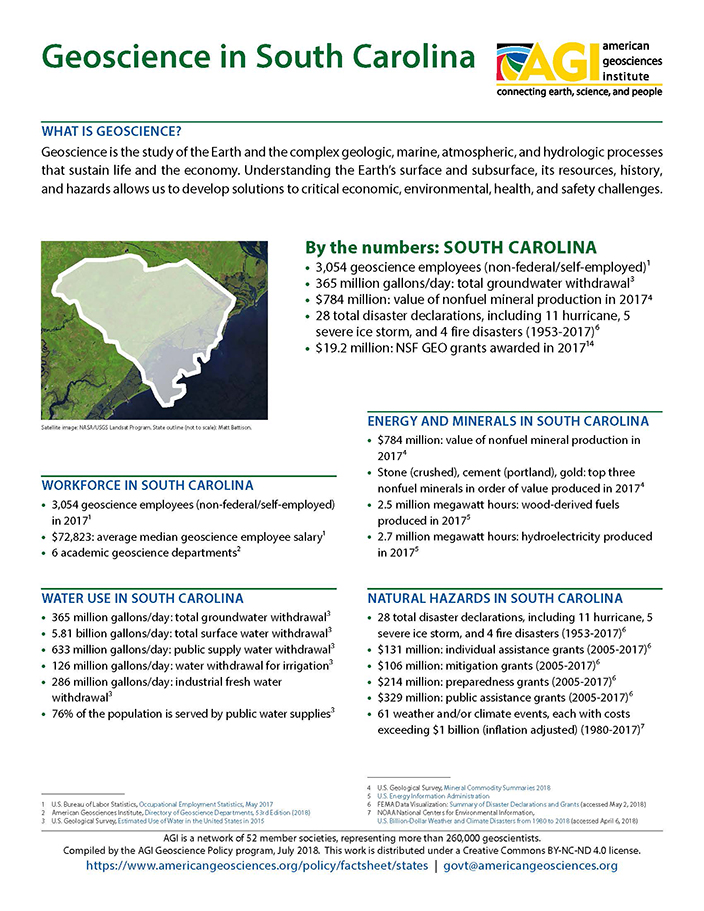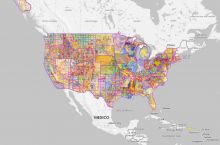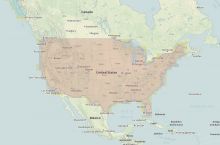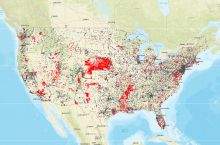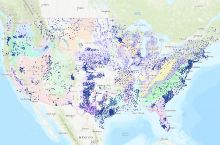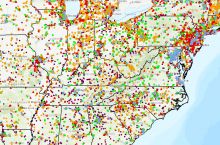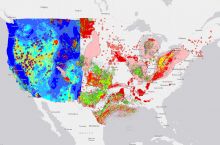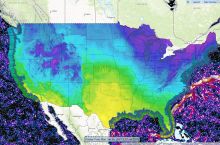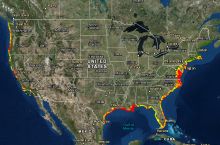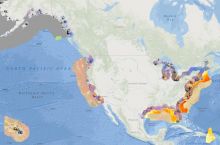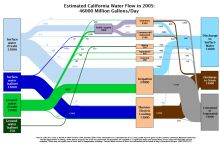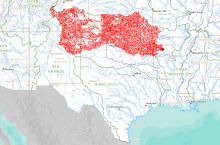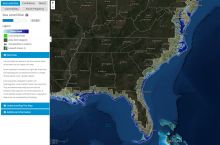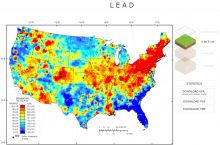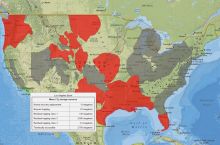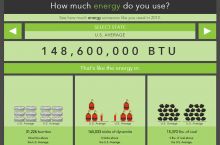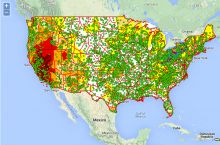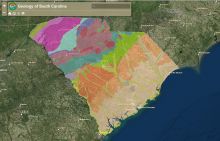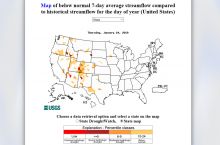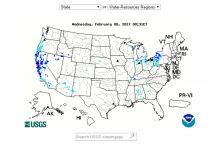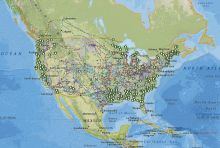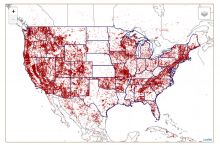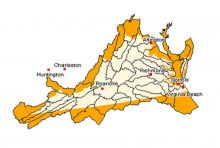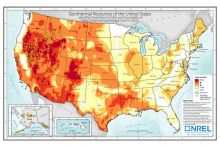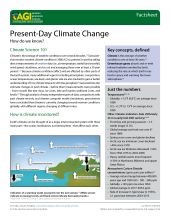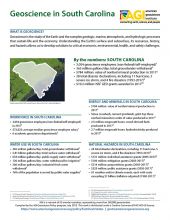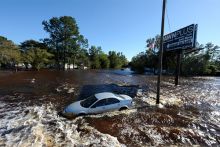By the numbers: South Carolina
- 3,054 geoscience employees (excludes self-employed)1
- 365 million gallons/day: total groundwater withdrawal3
- $784 million: value of nonfuel mineral production in 20174
- 28 total disaster declarations, including 11 hurricane, 5 severe ice storm, and 4 fire disasters (1953-2017)⁶
- $19.2 million: NSF GEO grants awarded in 2017...
Agencies Working on Geoscience Issues in south carolina
The SCDNR is to be a trusted and respected leader in natural resources protection and management, by consistently making wise and balanced decisions for the benefit of the state’s natural resources and its people.
SCEMD’s mission is to develop, coordinate, and lead the state emergency management program, enabling effective preparation for, response to and recovery from emergencies and disasters in order to save lives, reduce human suffering and minimize property loss.
The mission of the Geological Survey of South Carolina is to provide reliable, unbiased scientific information to public and private decision-makers involved with land-use planning, environment, and economic development.
The South Carolina State Climatology Office strives to acquire, archive, process, and disseminate, in the most cost-effective way possible, all climate and weather information that is or could be of value to public officials, corporations, and private citizens in the state.


